Bootleggers were big business in the woods and swamps of Northeast Florida, in Prohibition and beyond
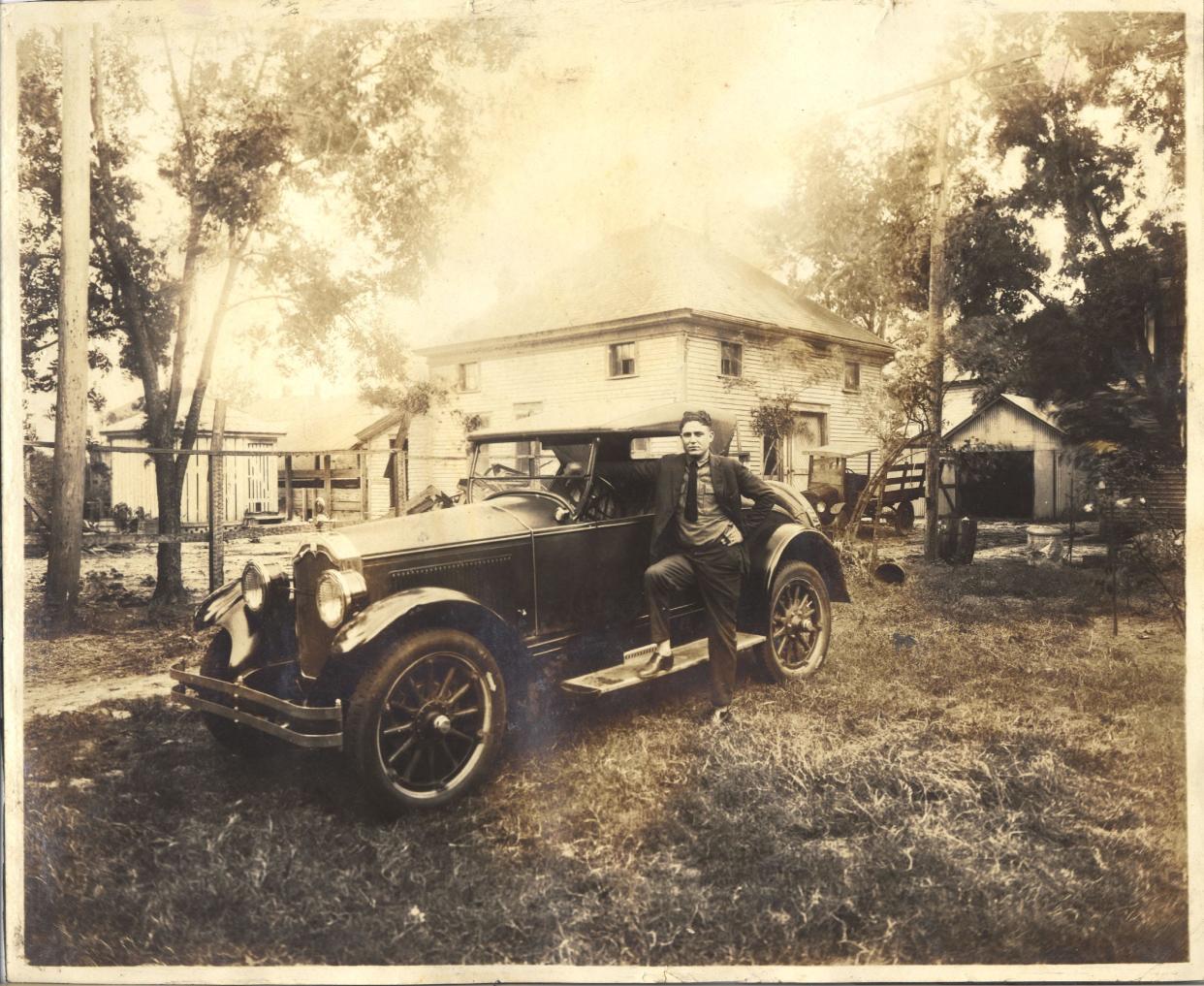
During Prohibition, bootlegging was big business in this corner of Northeast Florida, and moonshine stills were hidden all over, from the thickets of Palm Valley to the wilds of Clay County, from small-town Baker County to remote corners of the Westside.
The late Times-Union columnist Bill Foley provided an invaluable service by plumbing Jacksonville news archives to paint quite a picture of the goings-on in the piney woods and palm hammocks in the area.
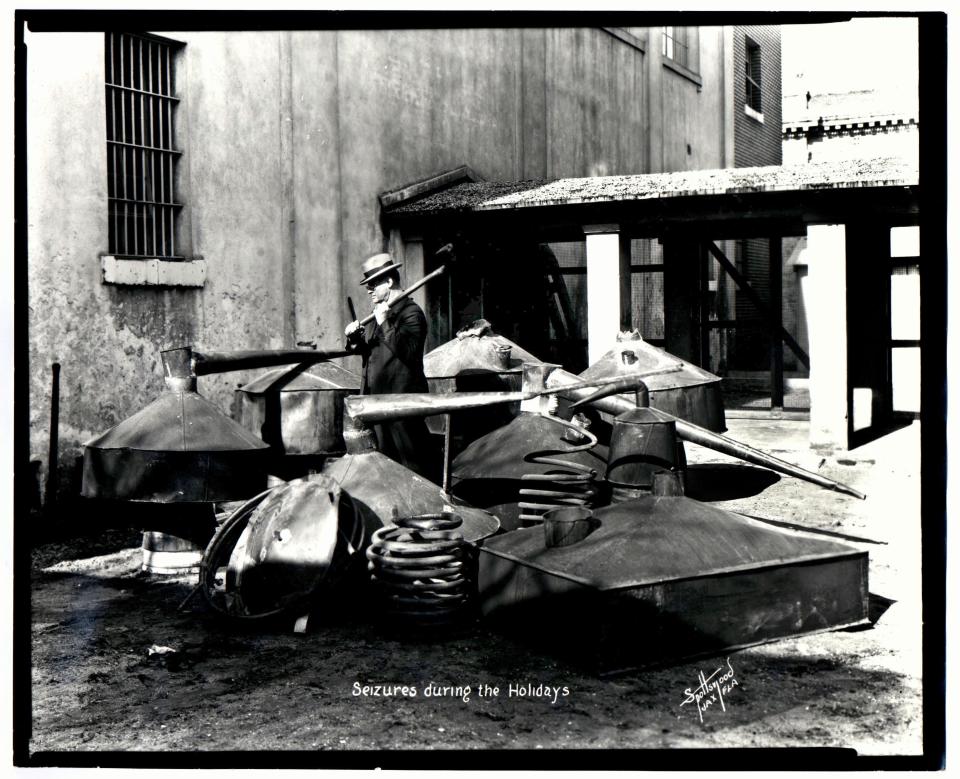
In a 1996 column, Foley noted that North Florida was "a major port of entry for the hooch" and "a manufacturing center of note."
He quoted Times-Union reporter George Whipple Dobbs, who back in 1927 described the operation this way: "Fleets of high-powered automobiles run on regular schedules from country roads along the back banks of dark creeks to the distributing centers for Florida, Georgia, Alabama, Tennessee and nearly every other Southern state."
Vintage Times-Union: Jax Beer, brew 'of the common man and the woman who smoked menthols'
Vintage Times-Union: Loathed toll booths made city's traffic a tangled, impatient mess
In 1992, Foley told how embedded the business was in Jacksonville life. "The line between the perceived forces of Good and the alleged forces of Evil often was blurred that season of 1928. Cops became robbers; robbers became cops. The wash of whiskey, the gargle of wealth, lapped both ways."
And he described the movie-worthy shootout in September of that year between John B. Hysler, known in the press as "the Whiskey King of Duval County," and Prohibition agent Hope King, when both men emptied their pistols at each other on the St. Johns River Bridge, later known as the Acosta.
Hysler was making a bootleg whiskey run from Mineral City, a "scruffy swatch of shoreline that "grew up to be Ponte Vedra Beach," when his Chrysler roadster stopped at the tollbooth in the middle of the bridge.
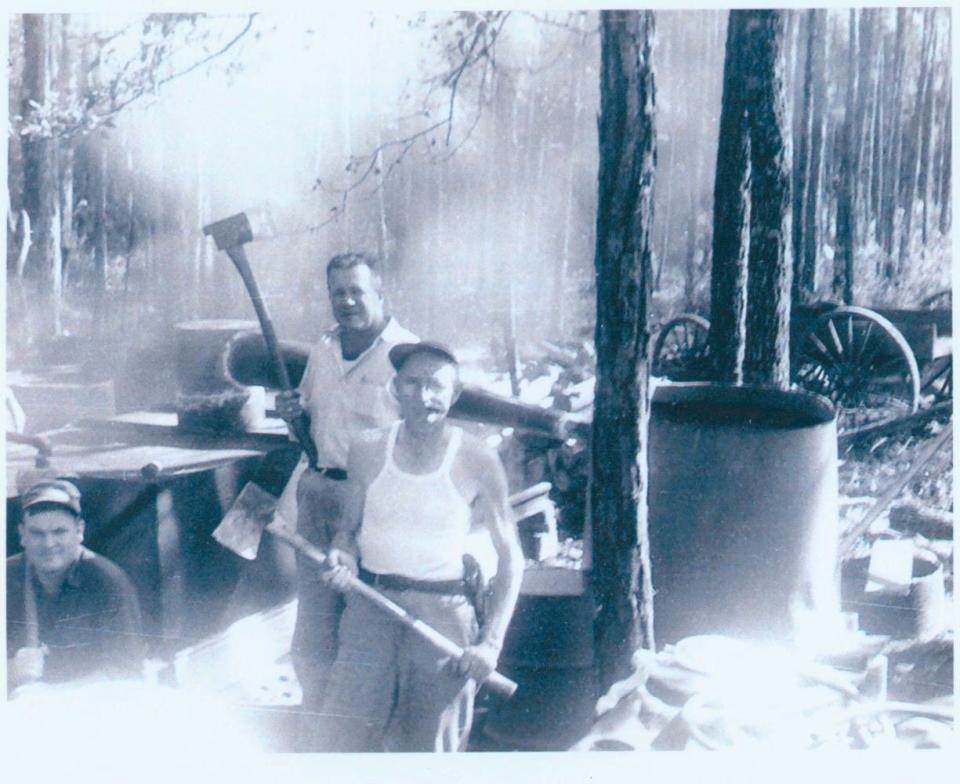
Two Prohibition agents were waiting, and Hysler tried to drive away as shots rang out. No one knows who fired first. But it was bloody.
Toll-taker J.E. Starratt reached the car and asked Hysler if he was hit.
"My God, he hit me all over," Hysler said. "I'm full of lead."
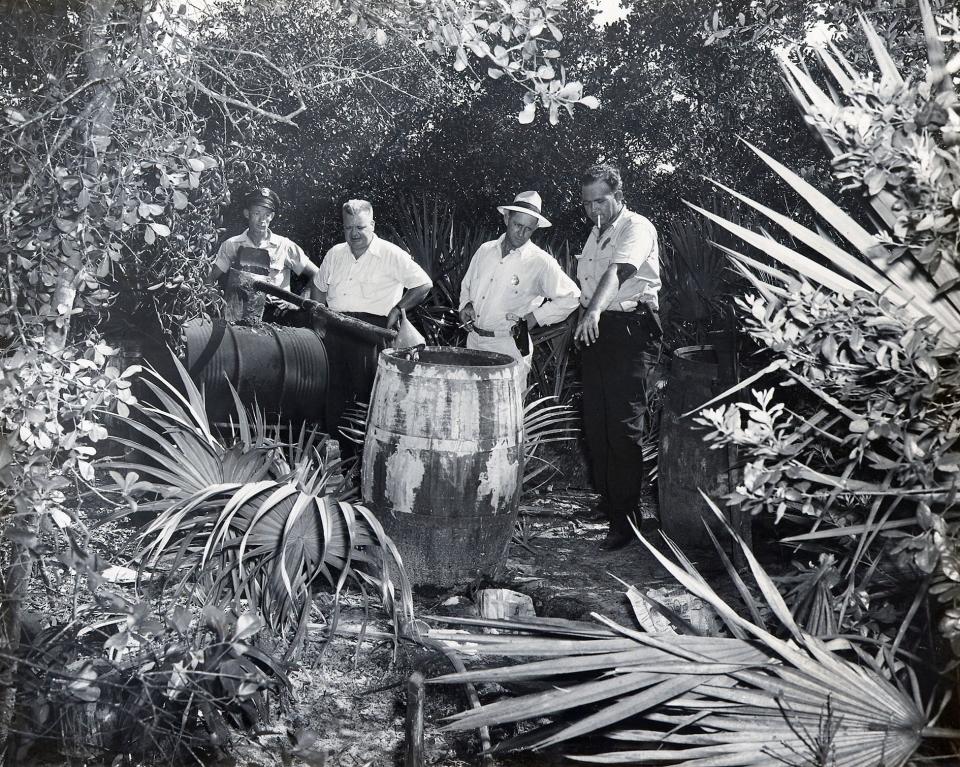
Hysler died at a hospital at 7 that night. He was mourned by many who appreciated the service he had provided the city's residents, Foley noted wryly: "More than 1,500 friends and relations turned out for his funeral. His pallbearers were lawyers and cops. The town's most respected clergyman did the preaching."
Vintage Times-Union: New book shows roaring Jacksonville in the 1920s, and what we've lost
The end of Prohibition didn't mark the end of local bootlegging, as Foley wrote in a column looking back at June 9, 1950, when a State Beverage Department team made a predawn raid in the swamps of Clay County's Doctors Inlet and "knocked over what they said was the largest illicit liquor operation seen in these parts since Prohibition days."
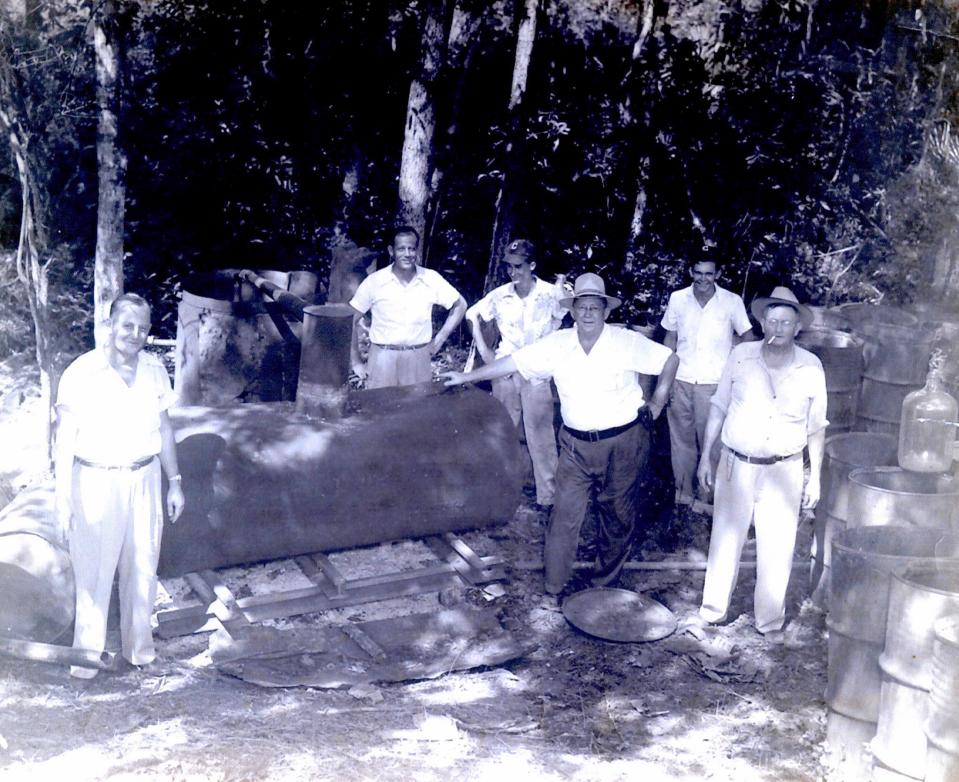
The beverage men said it had supplied hooch to the thirsty from South Georgia to Miami. "The agents reckoned it could turn out 2,500 gallons of moonshine a week," Foley wrote. "How long it had been there was anybody's guess."
This article originally appeared on Florida Times-Union: Bootleggers and cops battled it out during Prohibition in Jacksonville

